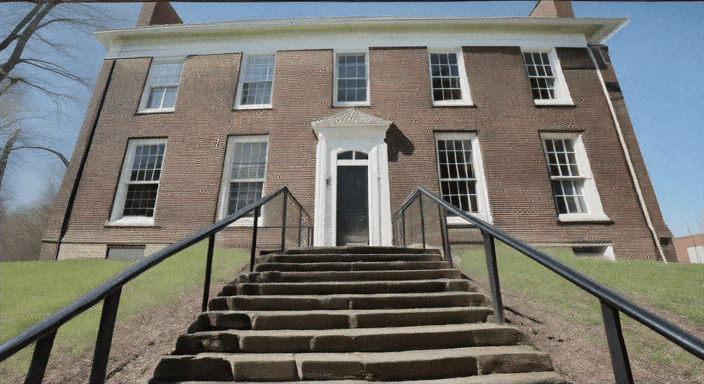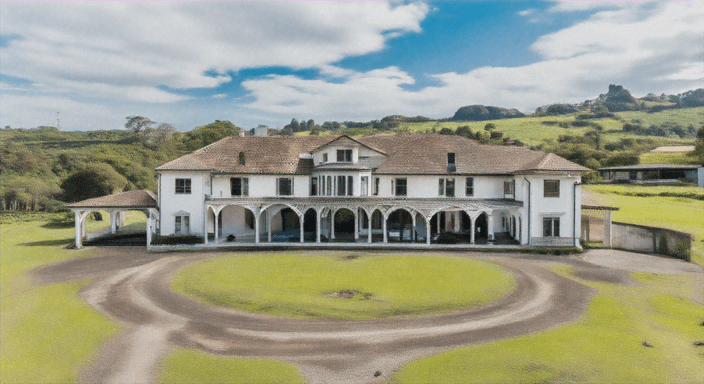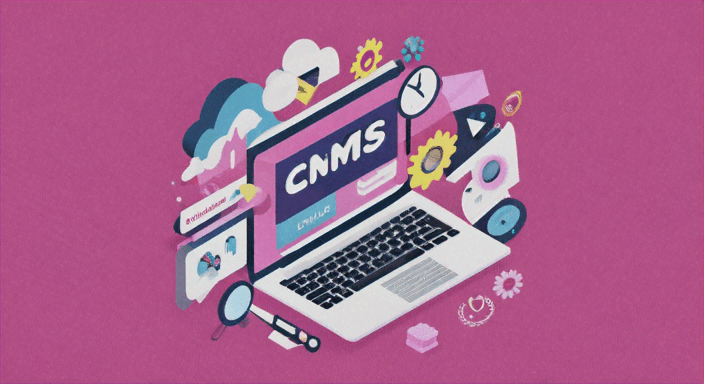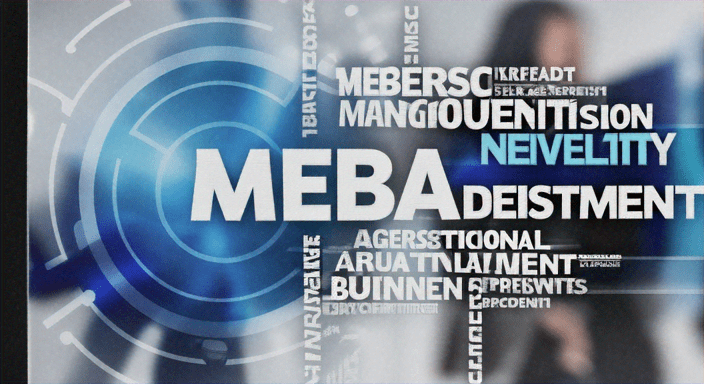Seniors in search of budget-friendly housing may find abandoned houses to be an exceptional opportunity. The expenses linked to these properties differ based on factors like location, condition, and market dynamics. For those aiming to secure an affordable home, it is advisable to delve into the following passage for more advantageous insights.

Comprehending Abandoned Houses
1. Definition and Traits
Abandoned houses are properties that have been forsaken by their owners, typically due to financial difficulties, foreclosure, or inheritance complications. These homes generally necessitate extensive repair and renovation efforts.
2. Elements Impacting Cost
- Location: Properties in urban areas with high real estate demand may command higher prices compared to those in rural settings.
- Condition: The degree of disrepair significantly influences both purchase and renovation expenses.
- Market Conditions: Local real estate trends play a crucial role in determining the overall cost.
Cost Analysis
1. Acquisition Price
The cost of abandoned houses can be remarkably low, sometimes starting at just a few thousand dollars, though prices can escalate to $50,000 or more in certain areas.
2. Renovation Expenditures
Renovation costs are often substantial. Essential repairs for structural integrity, plumbing, electrical systems, and roofing can range from $20,000 to $100,000, contingent on the property’s condition and the scope of work required.
3. Concealed Costs
- Inspection Fees: Professional inspections typically cost between $300 and $500.
- Permits and Legal Fees: Necessary permits and legal procedures can add a few hundred to several thousand dollars.
- Property Taxes and Insurance: Ongoing expenses vary depending on location and property value.
Acquisition Procedure
1. Investigation and Strategy
- Locate Properties: Utilize real estate websites, local government auctions, and real estate agents to identify abandoned houses.
- Assess Costs: Estimate the total expenses, encompassing purchase price, renovation, and hidden costs.
2. Funding Alternatives
- Personal Savings: Suitable for individuals with adequate funds.
- Home Improvement Loans: Loans designated specifically for renovation purposes.
- FHA 203(k) Loans: Federal loans that encompass both purchase and renovation costs.
3. Evaluation and Acquisition
- Professional Inspection: Ensure a comprehensive inspection to circumvent unforeseen expenses.
- Bargaining: Negotiate for a better price based on inspection findings.
- Concluding the Purchase: Complete the legal formalities and obtain necessary permits.
Advantages for Seniors
1. Cost-Effectiveness
Abandoned houses can be a budget-friendly choice, often considerably cheaper than conventional homes.
2. Personalization
Renovating an abandoned house enables seniors to tailor the home to meet their specific needs and preferences.
3. Prospective Investment
Once renovated, these homes can experience a substantial increase in value, offering financial security.
Final Thoughts
Abandoned houses present an affordable housing solution for seniors prepared to invest time and resources into renovations. By grasping the costs and procedures involved, seniors can transform these neglected properties into cozy and personalized residences.





